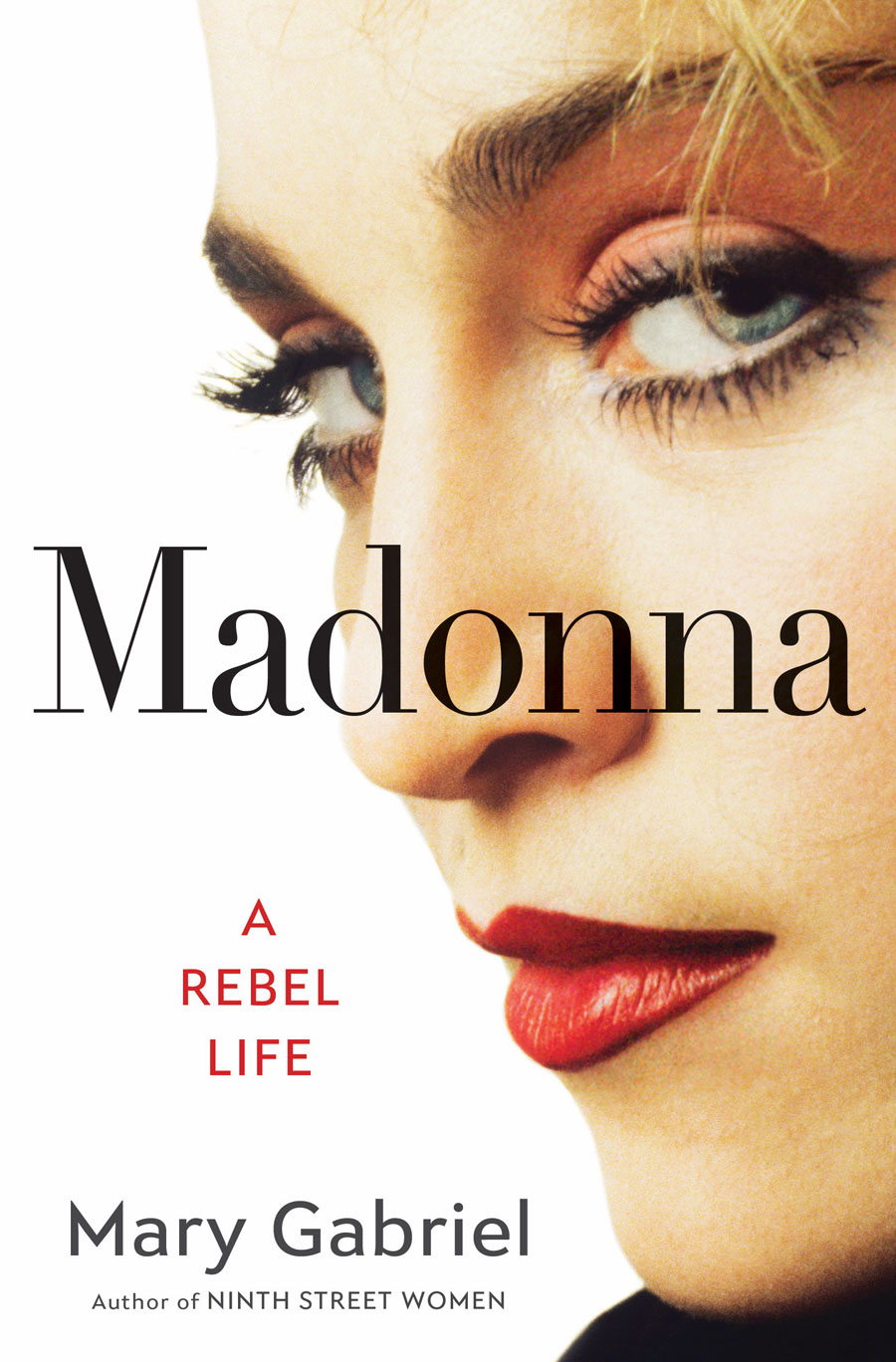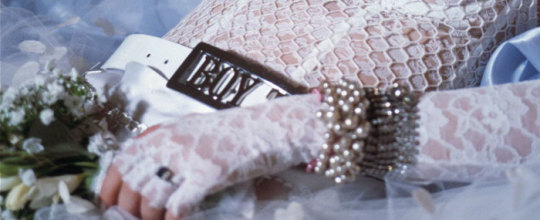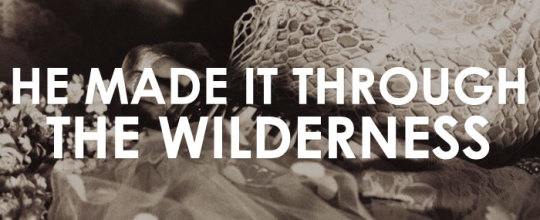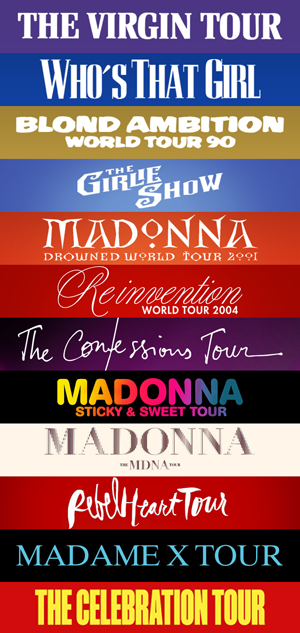MadonnaTribe meets Mary Gabriel
The latest addition to the MadonnaTribe interview collection is a conversation with Mary Gabriel, the author of four biography books including the award winning Ninth Street Women, Lee Krasner, Elaine de Kooning, Grace Hartigan, Joan Mitchell, and Helen Frankenthaler: Five Painters and the Movement that Changed Modern Art (2018), Love and Capital: Karl and Jenny Marx and the Birth of a Revolution (2011), about Karl Marx and his wife Jenny von Westphalen, that was a finalist for the Pulitzer Prize, the National Book Award, and the National Book Critics Circle Award, Notorious Victoria: The Life of Victoria Woodhull, Uncensored (2002) and The Art of Acquiring: A Portrait of Etta and Claribel Cone (1988).
Mary, who worked in Washington and London as a Reuters editor for nearly two decades and lives in Ireland, has just released her fifth biography, Madonna: A Rebel Life, and at MadonnaTribe we are particularly happy to chat with her as we got in touch several months ago, when Mary was working on the volume and asked to include quotes from some of our interviews in a book where she tells the story of Madonna as an artist and activist, how she impacted the world and how the world impacted her.
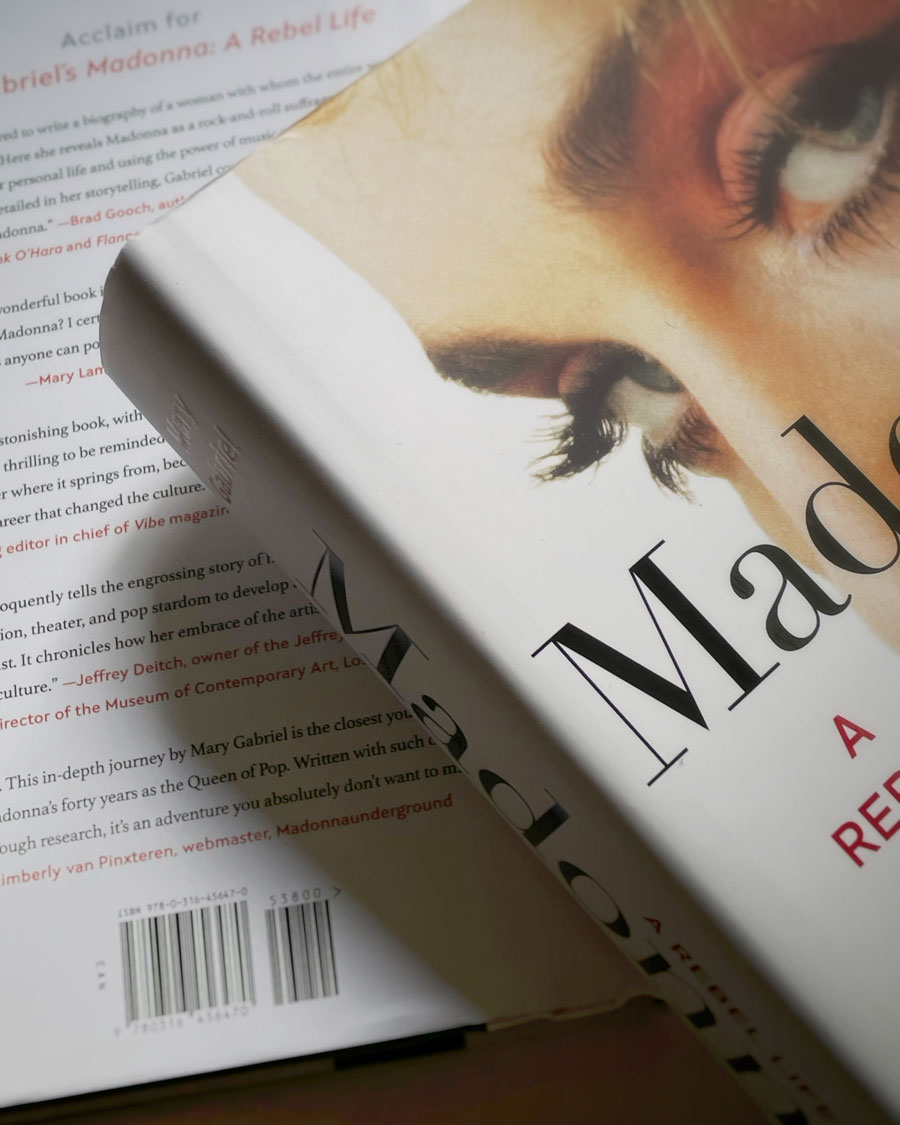
Mario John: Hi Mary and welcome to MadonnaTribe.
With your book you caused a big sensation, the fans are loving it and it seems the critics and general pubblic as well.
The biography deals with every aspect of Madonna’s career and life, all very well documented, and I encourage fellow fans to buy and read this incredible 800 plus page tome, but in this Q&A I would like to focus on the Mary Gabriel “as a Madonna fan” aspect and bring back memories that are common to many of us.
So what is your first memory of Madonna and what is the element that made of you a fan?
Mary Gabriel: The funny thing is, Mario, that I wasn’t a fan when I started this book. My last book was about five women painters and I wanted to stay in that territory in my next book but I thought I would repeat myself if I wrote about women visual artists again, so I started looking for another art form. Then I heard Madonna’s 2016 Billboard Woman of the Year speech. That stopped me in my tracks because I realized that I was completely mistaken in what I thought about her. I, like many people I suppose, thought she was a commercial artist – meaning that she was in it for the money and fame, and that she used outrage to advance her career and get attention. But that speech was so powerful and so honest, coming as it did after the 2016 elections in the United States when Trump beat Hillary Clinton and women were devastated. I couldn’t get it out of my head, so I began reading the books that had been written about Madonna. Some of them were good, but I didn’t think that any of them really told the story of Madonna as a political artist, a cultural and social force, someone who has literally changed the world. And then I listened to her music and I loved it. Within a few months, I knew who my next subject was. Madonna.
But to answer the first part of your question about my first memory of Madonna, that came much, much earlier. I was working for UPI and one of my journalist colleagues was taking her little sister to see Madonna’s Virgin Tour. We both thought it was a treat for her sister, a kid thing. But when she came back, my colleague said she was shocked by how good Madonna was. She became such a fan that she began wearing her hair like Madonna’s! I’ve never forgotten that because this woman was a hard-core journalist who had covered the Middle East. She was nobody’s idea of a wannabe, and yet she was!
MJ: With the many MadonnaTribe interviews we did with various artists that worked with M over the many years of her long career we had the chance to ask things about our favourite songs, videos or films that we loved while growing up and we were often able to satisfy much of our curiosity.
With this book you sort of expanded that, so I’m curious to ask you which are the interviews that you did for this tome that most satisfied your own curiosity about this living legend.
MG: So many people were very generous with me. First and foremost was Christopher Ciccone. I spoke with him a few times and he described his life at Madonna’s side for two decades. Madonna’s friends from college were also great. Whit Hill – formerly Whitley Setrakian – and Linda Alaniz were Madonna’s best friends at the University of Michigan. They helped me understand that important period in Madonna’s life. Think about it, Whit was the person who introduced Madonna to masturbation! Both were also very close to Christopher Flynn, so they could describe that incredibly important relationship.
There were also people who knew Madonna in New York, like the late Marcus Leatherdale, who introduced Madonna to Andy Warhol, and Catherine Underhill, who was Martin Burgoyne’s other best friend. She was so wonderful because she described the arc of the downtown story from the glorious club scene to the decimation of AIDS. I didn’t use it in the book, but she describes a moment in the early 90s when everyone in their circle was at a dinner party and they realized that for the first time, everyone there was heterosexual. The actor Lawrence Monoson was also fantastic. He was Martin Burgoyne’s boyfriend when Martin became ill. He helped me understand the tragedy of Martin’s death.
There were so many people – the Blond Ambition dancers, and Niki Haris and Donna DeLory. But as the years passed, it became more difficult to reach the people in Madonna’s inner circle because that circle became much more closed and guarded. To keep the conversation going, and to make sure that those voices were in my book, I read or listened to hundreds of interviews. Some of them were from MadonnaTribe, so thank you for that.
MJ: As already said in your book you deal with every aspect of Madonna’s career. I’m curious to hear what you think of Madonna as an actress and the “Madonna movies”? I personally think that some are really nice, and in my opinion the good ones are like that due to the directors’ strong and clear vision and the fact they explained in detail to her what she had to do. She really worked well many times, especially as a commedienne. I refer to little jewels like Susan Seidelman’s Desperatately Seeking Susan, Warren Beatty’s Dick Tracy, Alan Parker’s Evita, or Penny Marshall’s A League of Their Own. Keeping this in mind it really strikes me that in 1993 we got her most awful movie performance ever (Body Of Evidence) and her most convincing dramatic performance ever in Abel Ferrara’s Snake Eyes, praised at the Venice Film Festival.
So what is your opinion on these movies and her acting?
MG: I think that’s such an important and overlooked part of her work. She’s often dismissed as a “bad actor” and the movies that she’s been in that haven’t worked are blamed on her – as if the director had nothing to do with it. I think you’re absolutely right that the director is critical to Madonna (think of her best videos Fincher, Mondino, Lambert, Åkerlund). Susan Seidelman, Penny Marshall, Alan Parker all got the very best out of Madonna, and she was great. You’ve added Warren Beatty to the list and I think, in a way, that Madonna was great in Dick Tracy in spite of him! That movie set sounded like a war zone with Madonna experiencing the full misogynistic Hollywood treatment. But she survived, and as Peter Travers in Rolling Stone said, she was the only actor in it who exhibited an emotional range.
I know Shanghai Surprise is usually criticized – not usually, always criticized. But I think Madonna was good in it. In fact, it’s not a bad movie (though Sean Penn was pretty terrible, mainly because his make-up was so bad). The press buzz around it killed it. The media wanted to hate it because the press hated Madonna and Sean as a couple. Who’s That Girl was a very different story. The first few minutes of that film looked like it might be another Desperately Seeking Susan, and then something terrible happened. I’m still not sure – after reading as much as I could about it – why it veered so terribly off course. As you say, Madonna is a terrific comedienne, and that film should have showcased it. The decision to have her speak in a little-girl voice, with a Brooklyn – or boroughs – accent, and to act so silly was unfortunate.
Now to her early ‘90s films, Body of Evidence and Snake Eyes (or Dangerous Game). That was a strange time for cinema in the United States. There was a rush to produce Neo Noir films that featured dangerous seductresses who were either psycho-killers, or who ended up dead by violence, or both. The film industry didn’t know what to do with a strong female character so they made her nuts and killed her. Both of the films Madonna did during her Sex and Erotica period were that kind of movie. Body of Evidence was the worst of that type. The premise was stupid, the acting overall was wooden, and the ending changed so that Madonna’s character died. It was a waste of talent all around, but of course Madonna was blamed for it. Madonna hated Snake Eyes (Dangerous Game) because of the trauma of creating it. Director Abel Ferrara pushed Madonna to the limits, and sometimes over the edge. The description of the film shoot was one of machismo run wild, with Madonna as the onset and on-screen victim. Her performance is difficult to watch because it is so real, and yes as far as a straight drama goes, it is probably her best.
Can we talk for a second, though, about Madonna as a director? I think her film W.E. has been unfairly criticized. If Madonna’s name hadn’t been attached to it, it would have been heralded. The critical response was savage, and yet the film is beautiful, the acting excellent, and the soundtrack mesmerizing. I think it’s a film that needs serious reconsideration. I hope people take the time to watch it and decide for themselves.
MJ: I kind of disagree only about Shanghai Surprise and Who’s That Girl. I’d switch the judgement. I think she’s not bad in Shanghai but you can see there’s not a strong direction and her character doesn’t seem well scripted, while she looks confident and alwyas in character in Who’s That Girl. The accent sounds weird to many but I like it a lot and it was a huge box office here in Italy when released. Who’s That Girl is a nice memory from my childhood.
“Unfortunately” since the beginning of liking Madonna I got the “collector’s bug” and I have amassed a huge collection of her memorabilia. Are you a Madonna collector of any way, I mean aside the standard Madonna CDs that most people have do you happen to collect other items that makes you “Madonna collector”, like vinyl,
books, cassettes or anything else?
MG: No, I haven’t collected things, I have collected moments so I can use them in my book!

MJ: Do you happen to have a most favourite Madonna song ever and why?
MG: That is a question I find impossible to answer. There are songs from every era that I love. It’s easier for me to say which albums I love: Bedtime Stories, Erotica, Like a Prayer, American Life, Confessions on a Dance Floor, Rebel Heart, Madame X. Actually, it’s easier to say which albums I don’t like – Hard Candy. But if I must give you a best song, I would narrow it down to a few: Live to Tell, Where Life Begins, Deeper and Deeper, Human Nature, X-Static Process, Hung Up and Get Together, God Control and Dark Ballet.
I love Madonna at her most experimental and her most naughty. And I love the Madonna who makes me dance.
MJ: Do you have a favourite Madonna look and did you ever dress up like her?
MG: Hah! I never dressed like her. I couldn’t pull it off. My favorite Madonna look? Of course I loved her Desperately Seeking Susan period. I loved her True Blue and her Like A Prayer era, Madonna as Che during American Life. And I liked her Madame X look. I also liked the look she had briefly in the early 2020s when she died her hair pink and wore black leather – I think it was for an ad campaign. I thought that was stunning.
MJ: This summer, while you were giving the final touches to your book, there was the big health scare for Madonna. What were your thoughts in those moments, both as a fan and as a writer?
MG: I was truly shocked because Madonna, unlike her friends and colleagues Michael Jackson and Prince, knows how to be healthy and has made that a priority. That she wasn’t, and that it was so serious, was almost unbelievable. People talk about 65 like it’s very old. It’s not old, believe me. The illness Madonna had wasn’t related to her age, it was an outside factor and that’s what most often kills entertainers. It was a real wake-up call for her, obviously, but also for us. We need to appreciate Madonna and support her NOW because you never know what fate has in store.
MJ: The importance of Madonna as an icon is becoming more and more evident, she pushed boundaries and paved the way not only for other female and male artists who can express themselves freely in their tours or music video, but allowed many people to live more confidently with their sexuality in real life. What do you think is the real impact of Madonna on our society?
MG: I think, it’s as you describe, artistic and social. As an artist, she was at the forefront of making music something we see as well as listen to. What I mean by that is that she was one of the foremost and earliest video artists. She knew how to turn a song into a short movie, and that changed the way we listen to music. As a performing artist, she changed the very nature of concert tours. Madonna was the artist who made a concert a theatrical experience with a story, which she told through acts like a musical or play. It was an entirely new way of performing, and it’s the way artists still do it today (I’m thinking of Beyonce and Taylor Swift this past summer).
As a woman singer/songwriter, she paved the way for the women who followed her to take charge (if they had the strength) of their own work. They could write and produce their songs, and dictate what they wanted to do, how they wanted to do it, and what they wanted to say. That might not seem like a big deal, but prior to Madonna that was not an option for a pop star. “Girl singers” were supposed to let the boys in the executive suites and the producers in the studio decide what they sang and how they sang it. Madonna changed that forever by showing a woman in charge of her career and her artistic statement.
And finally, Madonna’s constant hunger for new ways to express herself, the fact that she experimented with each new project, meant that an artist no longer had to be stagnant. Again, we take that for granted today. But prior to Madonna, for women especially, each artist had a style or a sound that was easily recognized, and the entertainment industry discouraged artists from deviating from that style – especially if it was saleable. Madonna challenged the notion that an artist should stand still. She knew that change is inherent in art. Change is what keeps it alive. Her evolution, or “reinvention,” was necessary and thrilling because fans never knew what to expect from her. Now, artists do that routinely. Before her, that kind of boundary-pushing, if I could call it that, didn’t exist.
Socially, Madonna has quite simply changed the world. Her first audience was girls and young women, who wanted much more than society was prepared to give them but didn’t dare ask for it. Madonna said, dare. I did it. That means that you can, too. They heard her and a generation absorbed her message of liberation and power, and, more importantly adopted it.
The next group to hear Madonna’s message was gay men. At a time when the world chose to ignore the deaths of tens of thousands of gay men from AIDS, she forced society to confront it by including safe sex messaging in her concerts and albums, by raising money for AIDS organizations, by speaking about it whenever and wherever she could.
Finally, after the death of Rock Hudson, when even the U.S. government began to talk about AIDS, it was a story of death that society somehow felt comfortable with. Gay men are dying. That was the message and, for the wrath of God types, it seemed to make sense. But Madonna forced society to look at AIDS and people with AIDS as a story of life, not death. During her Blond Ambition tour and with her Truth or Dare film and Vogue, she forced people to see gay men as healthy, beautiful, fun, and sexual – even if they were HIV positive, as three of her dancers were. She changed the narrative and gave gay men hope because she celebrated their lives while the world condemned them to death.
When Madonna became a mother, she rescued older women from the exile that motherhood often imposes upon them. In 2000 when she wore her shirt with Rocco on the front and Lola on the back, she showed what a 40-something mother looked like. Jumping around the stage at the Brixton Academy, she exploded the idea that a woman of a certain age – especially a mother of a certain age – couldn’t be gorgeous, fun, sexy, strong, and enjoying a career. At a time when companies didn’t promote women with children because they feared the woman would be too distracted, Madonna showed motherhood wasn’t a distraction, it was empowering.
There are so many ways Madonna has changed the world, reaching into corners of the globe where young girls have no hope of an education or young men could be killed for being gay. She touched them through her music and her philanthropy. But mostly, she touched them and us through her example. She is us and them, and that’s why she’s such an inspiration.
MJ: The Celebration Tour has just begun, as a fan are you going to any of the shows and if yes what are your expectations from this greatest hits show?
MG: I would have loved to be at the opener in London but because of my book, I had to keep my schedule open. I’m hoping to see her in the States. I think this concert will be fantastic, and something new entirely. I think it will incorporate elements that have never been associated with a pop concert before, but that we’ll all recognize as completely Madonna. I can hardly wait to see it.
MJ: Knowing that Madonna usually wants to have the last say in everything and that is trying to make her own film of her own story how would think she’d react by reading your book and reading your approach towards her life story?
MG: I hope she’d see herself in it. It’s terribly difficult writing about someone who’s alive because at times I felt like I was talking about her behind her back! But throughout the book, I tried to objective. I don’t pass judgment on the people I write about, I merely tell their story and let others decide what they think.
Only Madonna can write her story. What I’ve tried to do is write her story as it affected us — from the outside in. What was happening in the world around her? Who was she working with and how did they change her? How did we change because of her? And, of course, what did she say through the years about her work. We’ll have to wait for her to tell her own story to fill in the blanks, but I’m hoping that I’ve helped reset her story, and shift the narrative from the tabloid version of her life to focus instead on the artist who has moved so many of us.
MJ: If you had Madonna in front of you today, what is the thing you would ask her or tell her?
MG: One question I would ask her about is a doll that so many friends said she carried at pivotal times when she was a teenager, and continued to carry when she left Michigan for New York. I’m dying to know who gave her that doll and what happened to it. What would I tell her? Two words: Thank you.
